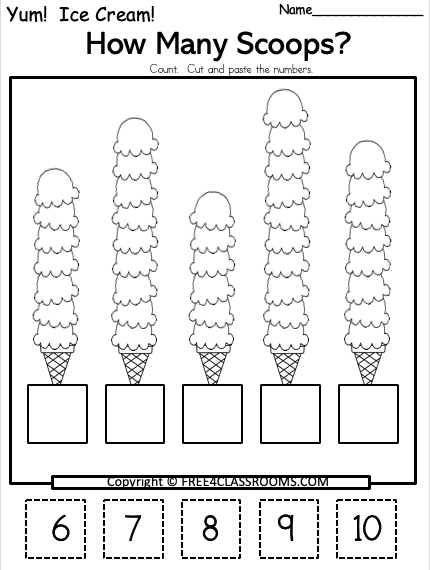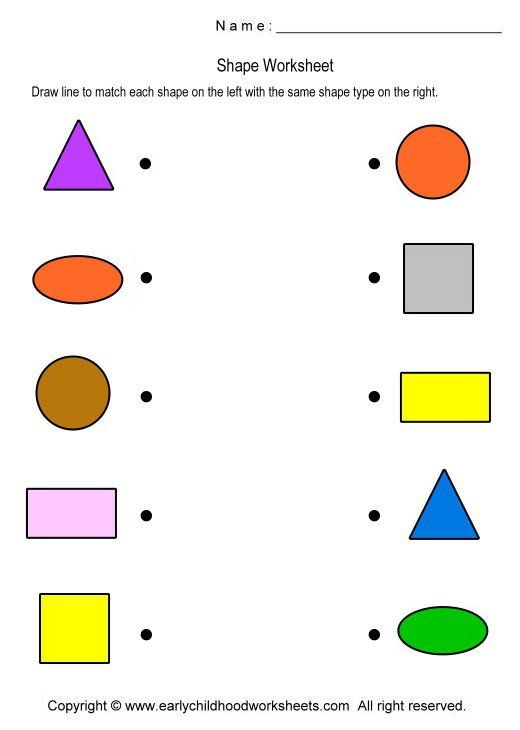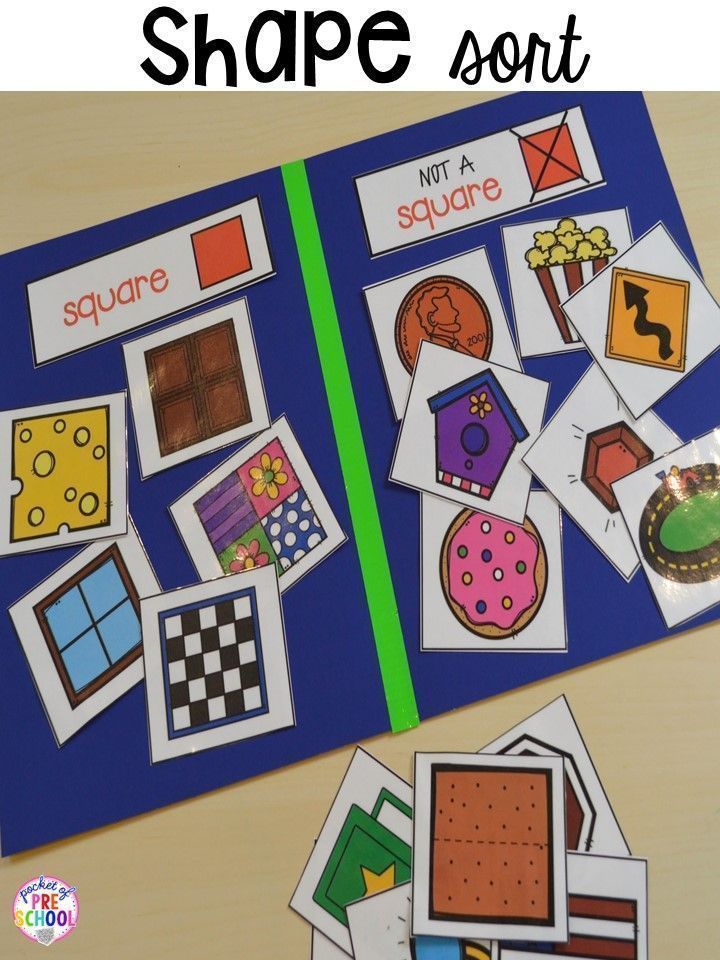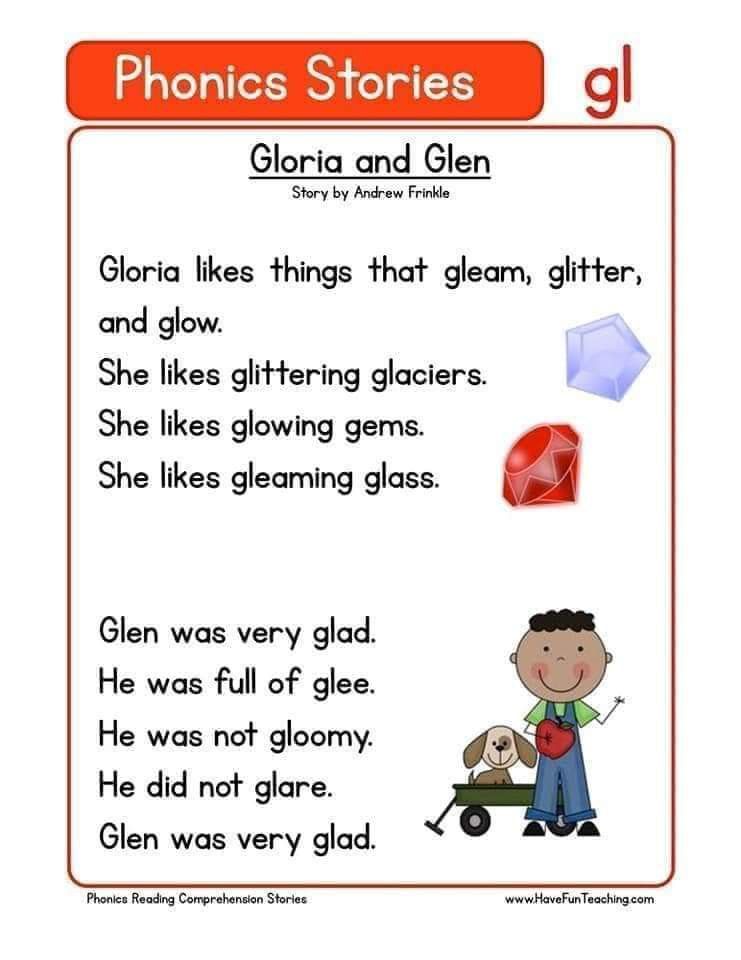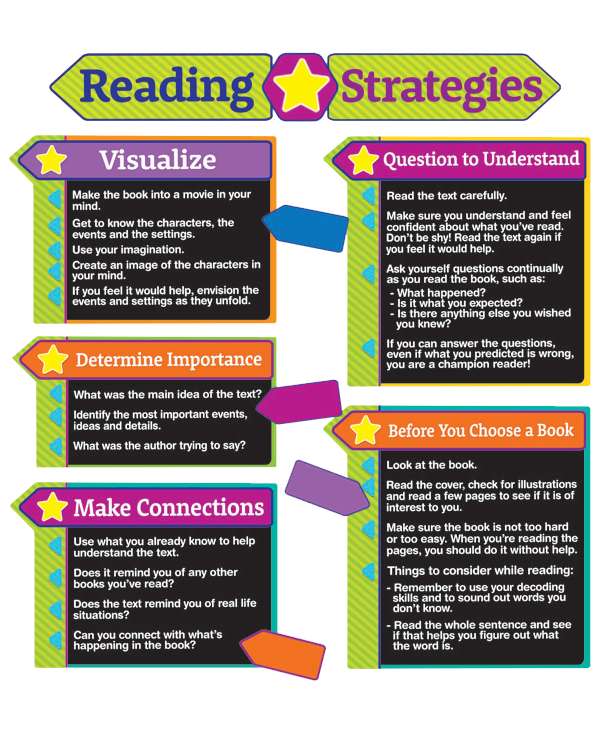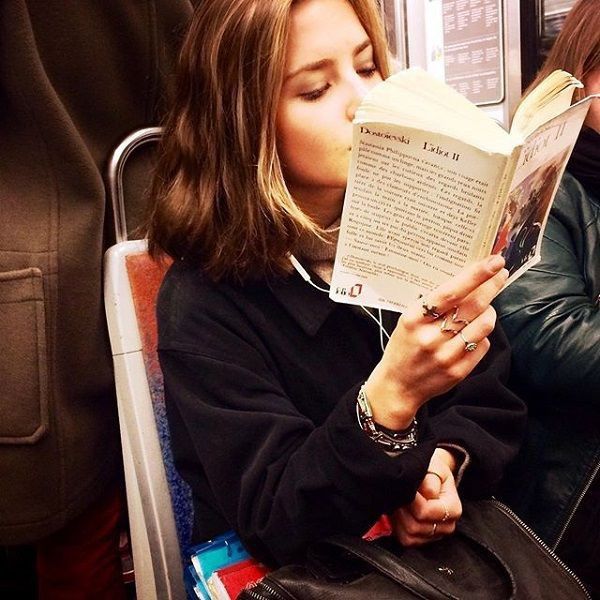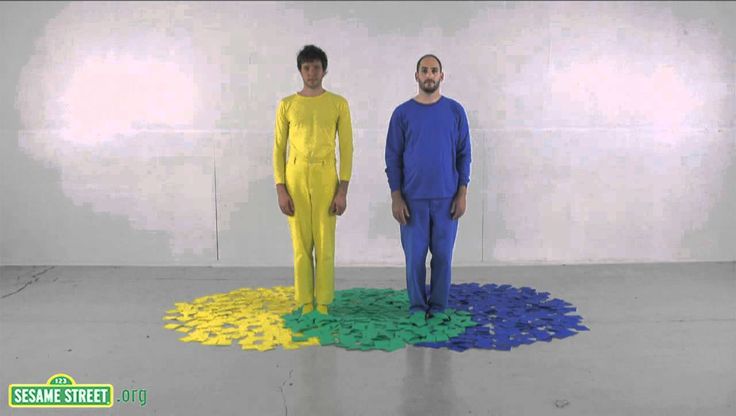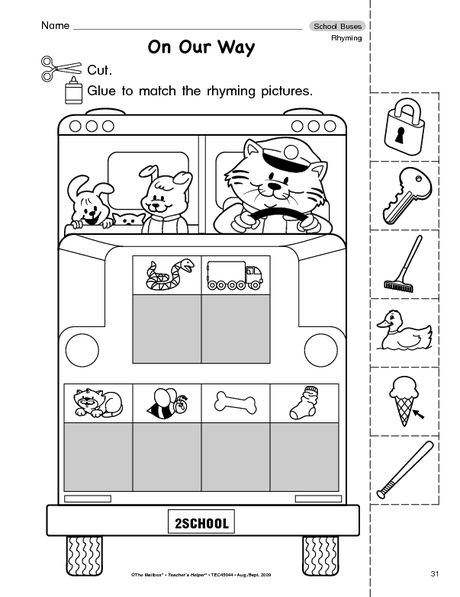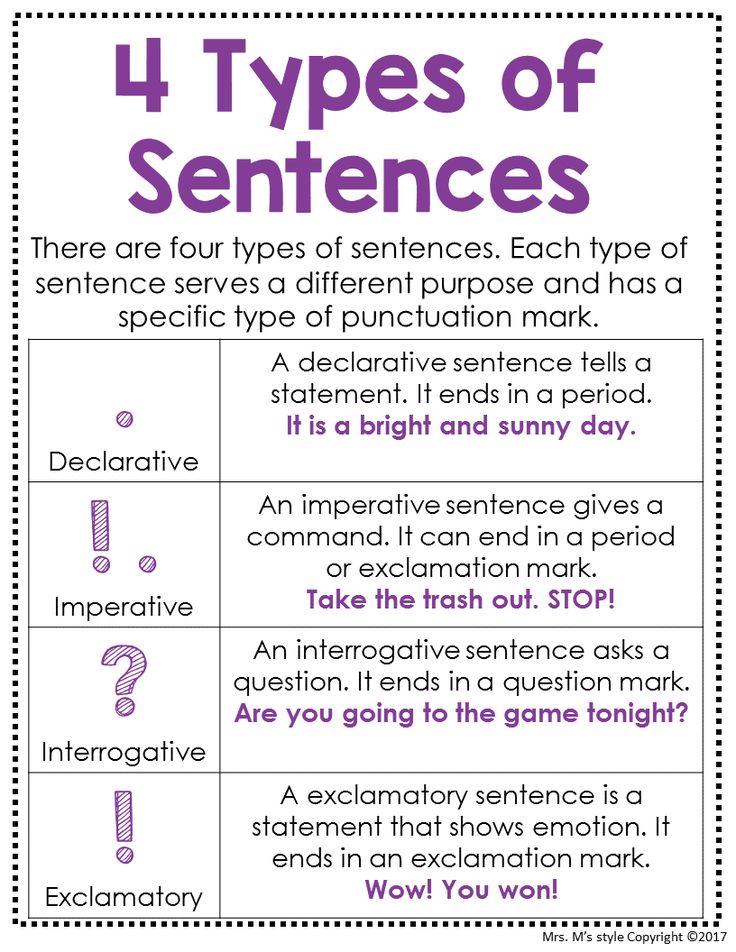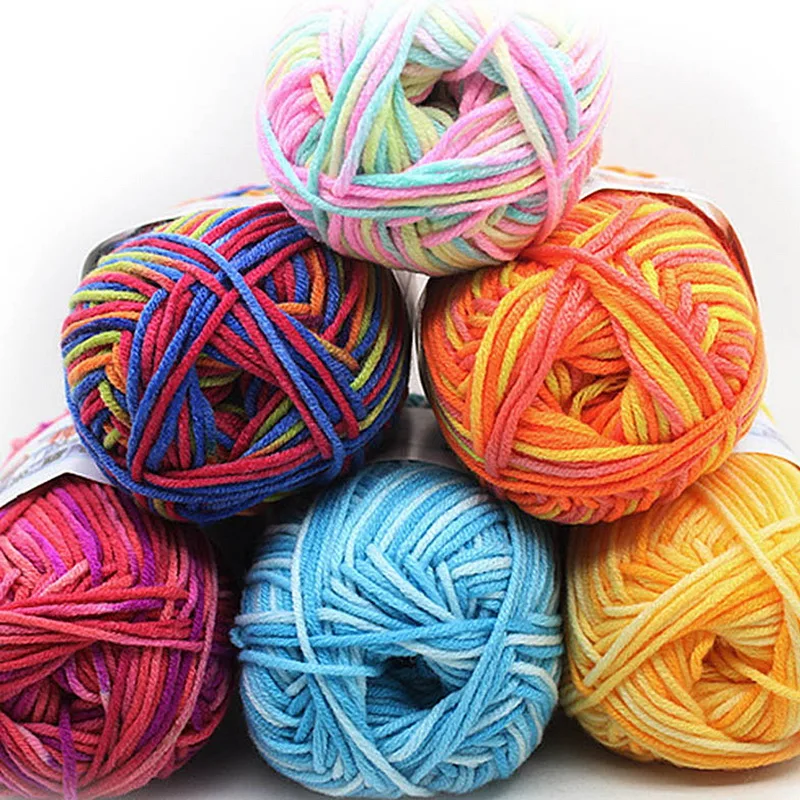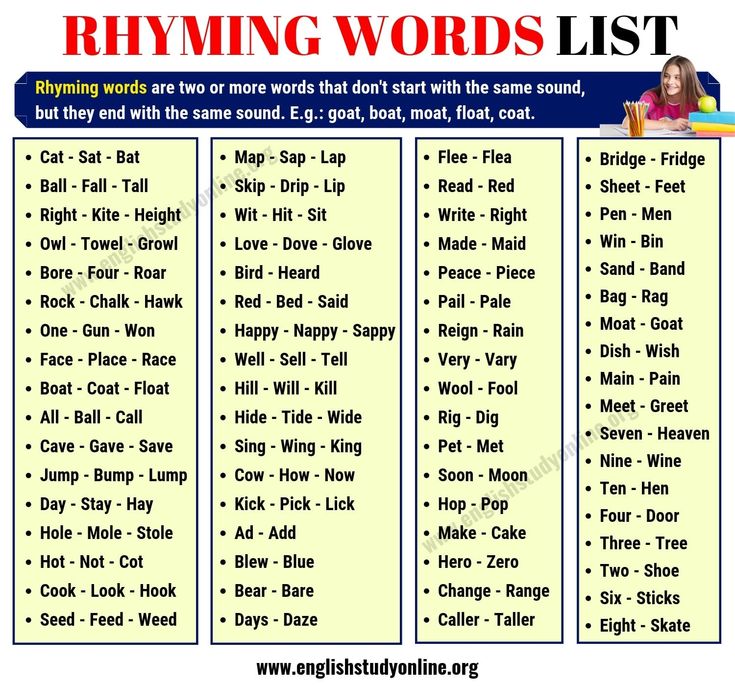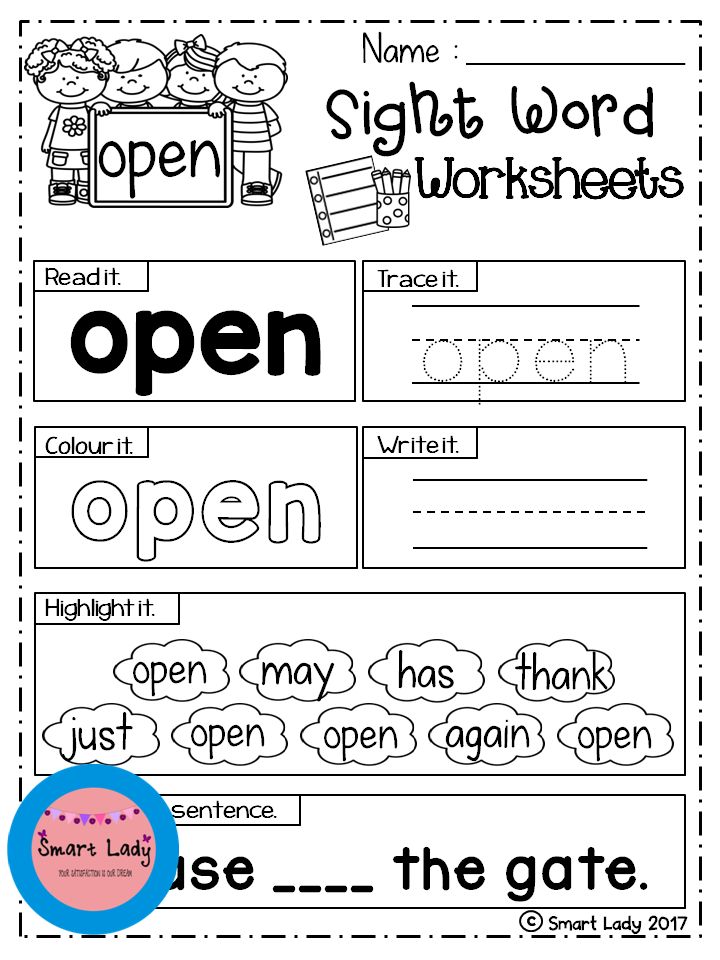Writing for kindergarten activities
27 Fun Writing Projects for Kindergarten
While so often we feel the pressure to push the standards, push the benchmarks, push the curriculum down to a point where we suck all the fun out of learning, we also know in our hearts what five and six-year-olds need. We know what good teaching and learning are. To that end, we’ve come up with 27 Fun Writing Projects for Kindergarten, because sometimes, you just need to shut your door and do what you know is best (and if you’re lucky – you can leave that door wide open and share it with the world).
Writing with kindergarteners and first graders is in a realm of its own – and this year that fact is even more painfully apparent. How many times have you sat through a workshop or PD focused on writing, only to have most of it not apply to you? Or dealing with people who think all of elementary can share basically the same model, rubric, or report card lines? Yeesh. We’ve all been there.
If you’re lucky, you’ve never been in that position. If you’re lucky, you’ve never felt like what you’re being asked (ahem, mandated) to do is inappropriate, asking too much of your youngest learners. Thankfully, we are good at letting people know that we are in a different world and that along with that world comes the joy of helping students recognize themselves at their earliest stages of schooling as authors. I will never forget the beginning of the year author celebrations I have held – the beaming smiles, the kids realizing that they are, in fact, authors. It is magical. 🥰
1. Nature Journaling –
These can be as simple or elaborate as you want to get – a stapled pack of papers or a fancy notebook. Regardless of what medium you use, kids LOVE to be outside. Why not incorporate nature into writing? Journal the changing seasons, observe your schoolyard and write five senses poetry, or simply partake in an, “I notice, I wonder, It reminds me of,” activity. Don’t think you have nature in your schoolyard? You’d be surprised at what your students can find.
Project 2. Letters to Family/Pen Pals –
Letter writing is a great, purposeful activity that kids love because they get to write all about themselves while practicing writing skills. I’ve done pen pals as well as letters to a special loved one Friday of each week to which that special adult then replies (I usually save these and bind them at the end of the year as a keepsake). Don’t have time to do a weekly letter? Penpals are another wonderful option. Join a Facebook teacher group (Fearless First Grade Teachers or another one!) to make a match with a teacher in another part of the world. Bonus for this one? Students learn about what it is like to be a kid in another part of the world and with how tech-savvy we’re all becoming with distance learning, why not set up a few Zoom events between pen pals over the course of the year?
3. Lists –
Lists are fun? I can hear you now… “Are you crazy?!?” I just may be, but I think lists can be a simple, engaging way for kids to write.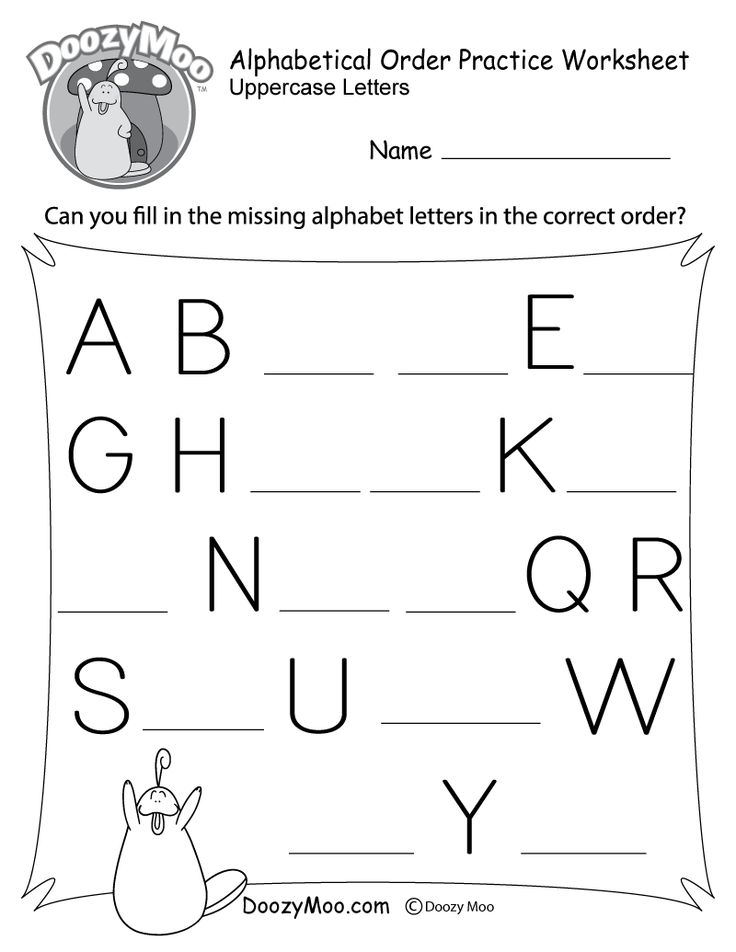 It is much less intimidating to write a word or two on a list than an entire piece. The lists kids can make are endless – my students were particularly fond of writing lists of kids in our class and their favorites in any category. One of the best things about list writing? It easily transfers to any number of situations and is incredibly purposeful – adults make lists all the time so this one is an easy one to have family involvement with as well. Groceries, anyone?
It is much less intimidating to write a word or two on a list than an entire piece. The lists kids can make are endless – my students were particularly fond of writing lists of kids in our class and their favorites in any category. One of the best things about list writing? It easily transfers to any number of situations and is incredibly purposeful – adults make lists all the time so this one is an easy one to have family involvement with as well. Groceries, anyone?
4. Persuasive Letters –
Kids are masters at persuasion and see a great deal of what they deem unfair in the world (sometimes rightfully so!). Help give them an outlet for their arguments by teaching them that adults will listen to them much better if they have a well thought out argument and a reason for the proposed change. My favorite thus far has to be the student that argued for an 80’s dress-up day each week. #scrunchiesandfluorescents
Project 5. Cards –
Partner up with a local nursing/assisted living home, especially now when they are on lock-down, to share the lightheartedness of children. Kids can make cards for holidays or just because. Only once or throughout the year to a specific adult. What a great way to spread sunshine and kindness. Even more so if you are able to make a year-long connection (pen pal-Esque) for people who may be feeling very lonely and isolated. I mean, have you seen those videos of preschools in nursing homes? Have you read the research? The benefits abound for both groups of people!
Kids can make cards for holidays or just because. Only once or throughout the year to a specific adult. What a great way to spread sunshine and kindness. Even more so if you are able to make a year-long connection (pen pal-Esque) for people who may be feeling very lonely and isolated. I mean, have you seen those videos of preschools in nursing homes? Have you read the research? The benefits abound for both groups of people!
6. Sharing/Show and Tell –
Kids love to talk about themselves. We all know this. It is the topic they know the most about, too. Capitalize on this and use it for your sharing/show and tell time. Students are welcome to share in the manner you normally use but simply have them write their thoughts down first. (This could be done at centers or at home).
7. All About Me –
Many kindergarten classrooms have an all about me or star student routine. Simply extend this to have students make a mini-book all about themselves.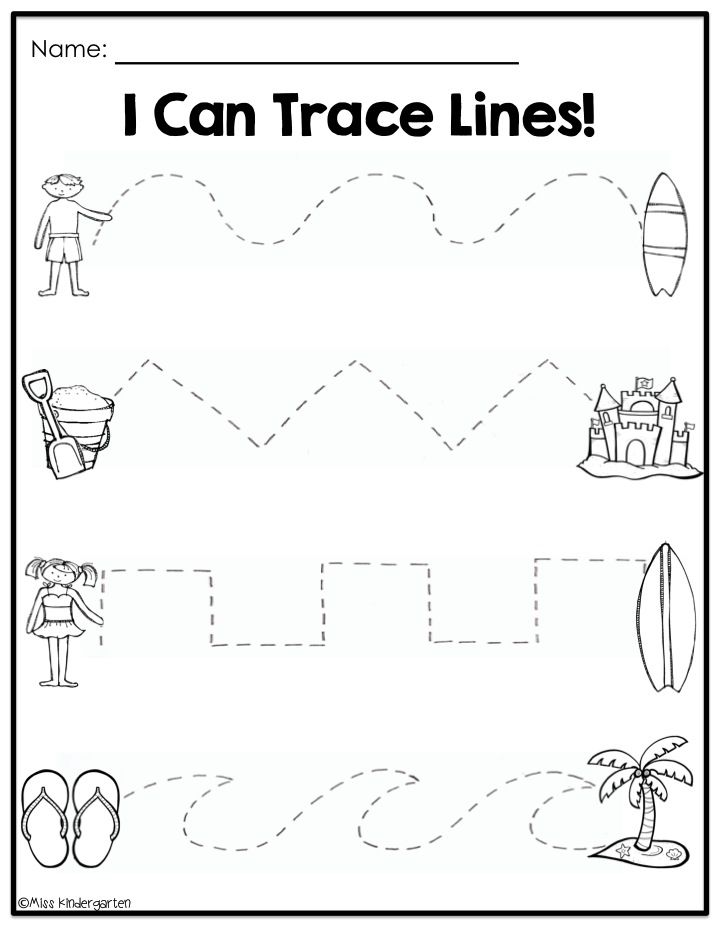 After their sharing day/week, add this book to your classroom library for kids to read (you may want to have the student dictate the piece to you and you add that to the page as well). Don’t want to get that in-depth? Make it a poster and hang it up in the room or by their cubby for future reference/reading.
After their sharing day/week, add this book to your classroom library for kids to read (you may want to have the student dictate the piece to you and you add that to the page as well). Don’t want to get that in-depth? Make it a poster and hang it up in the room or by their cubby for future reference/reading.
Project 8. Partner Compare and Contrast –
Compare and Contrast with a Partner, helps kids recognize what is the same, and different about them is so beneficial. I like taking large construction paper and making a modified T-chart or Venn diagram. After modeling, pair up kids who may seem very different from each other and have them talk and write together how they’re the same and how they’re different. This one does double duty and has the huge added bonus of community building!
9. Classroom Cookbook –
Take your pick on the theme. This is a hilarious writing project that can be created as a gift to families/loved ones. (Who are sure to love it as well).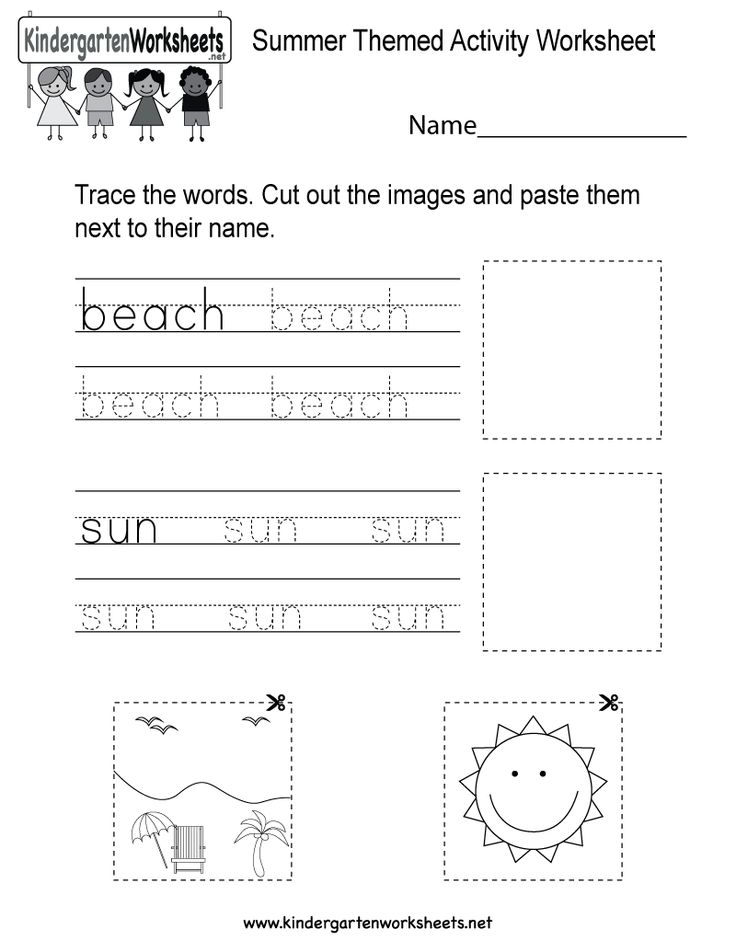 I’ve done this one around Thanksgiving, but you could really do it anytime. Have kids pick their favorite foods and write their recipes for what is included and how to cook them. A great activity to participate in after reading Stone Soup or another book about cooking.
I’ve done this one around Thanksgiving, but you could really do it anytime. Have kids pick their favorite foods and write their recipes for what is included and how to cook them. A great activity to participate in after reading Stone Soup or another book about cooking.
10. Pattern Books –
This is a fun reading extension for kids with their favorite picture books. It can be done as a whole group, interactive writing activity (with something like Seven Fat Cats by Joy Cowley) or you could have each student do their own page and bind it together for a classroom book (with something like Snowmen at Night by Caralyn Buehner). These books are always a big hit in the classroom library and are usually the first selected during choice reading time.
Project 11. Labeling the Classroom (or House!) –
Challenge kids to label things at home and have family take photos to share (send home with index cards) – Labeling is another simple, low-level entry into writing for some of those reluctant writers.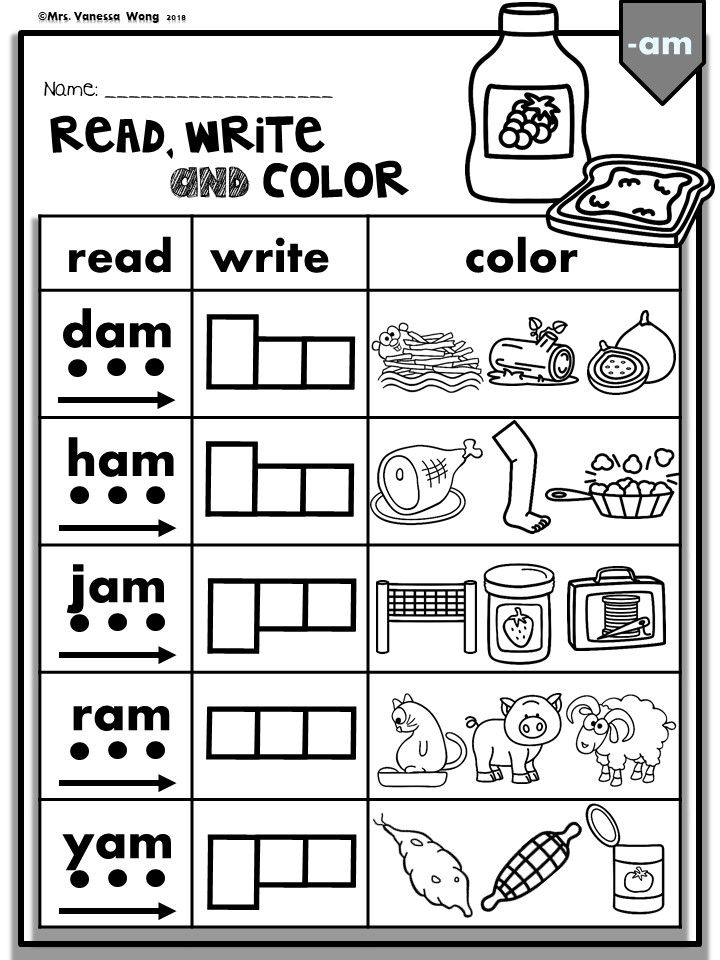 I love to start this off by having the students use post-its to label me. They giggle non-stop at my post-it laden body – but are learning at the same time (aren’t those the best times?). I’ve only been interrupted by other adults in the building a few times and they’re sure to giggle and whip out their cameras as well – so be ready for some embarrassing photos of you to circulate around the school!
I love to start this off by having the students use post-its to label me. They giggle non-stop at my post-it laden body – but are learning at the same time (aren’t those the best times?). I’ve only been interrupted by other adults in the building a few times and they’re sure to giggle and whip out their cameras as well – so be ready for some embarrassing photos of you to circulate around the school!
But seriously, labeling is a great place to practice writing – saying words slowly, hearing and recording sounds. I have done this in interactive writing as well. I would recommend putting together some scrap paper cut up into index card-sized pieces (think about all that paper that is copied wrong or only one-sided – virtual gold mine right there!) as a take-home kit or for use during centers so students can continue their labeling fun. Make it a competition and have adults at home take photos of their labels. See who can get the most labeling done in a given amount of time! Kids love a good competition (and benefit from learning how to lose gracefully once in a while).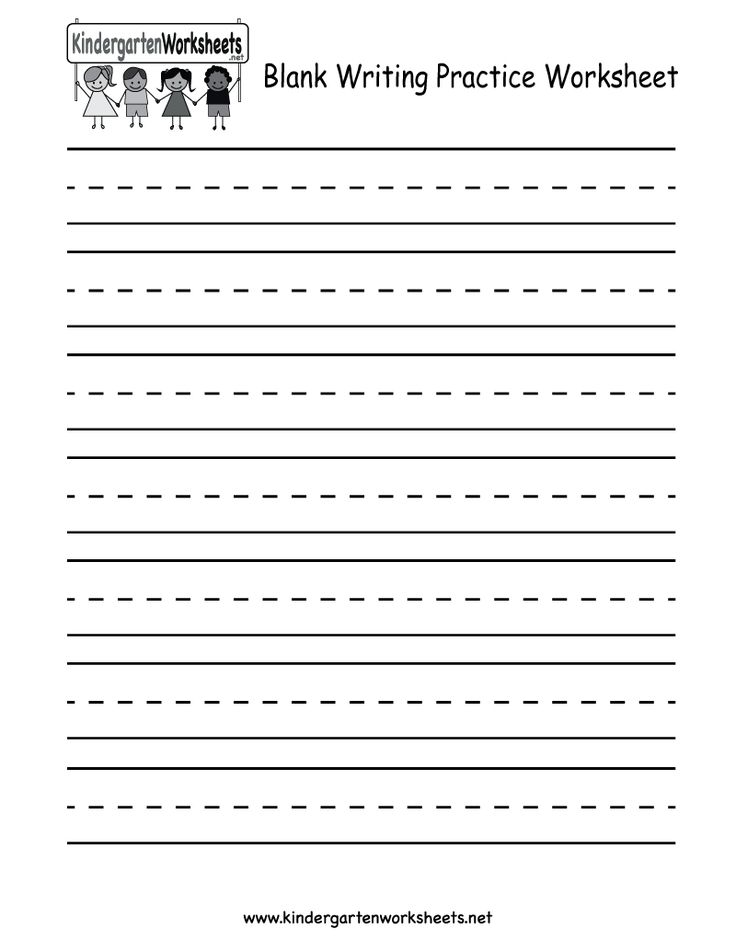
12. DIY Alphabet Chart –
Another low-entry but fun activity for kids….and when they make their own, they learn more and are more likely to use it in the future as a reference tool! You could do one together as a group during interactive writing and then have it as a center activity to work on at the beginning of the year. Once they have their personal completed chart, I like to laminate them and have them handy as a reference tool in their toolbox.
13. Gratitude Journaling –
Focusing on what you’re thankful for makes you happier – and don’t we all want our students to be happier? Help create a culture of gratitude that will span the years with easy to use sentence stems and fill in the blank. I like to make these easier at the beginning of the year and then as time goes on, increase the amount they need to write. Sight words like I and am can be traceable to start, then later on, fill in the blank. They could be a weekly or a monthly activity and make another great keepsake.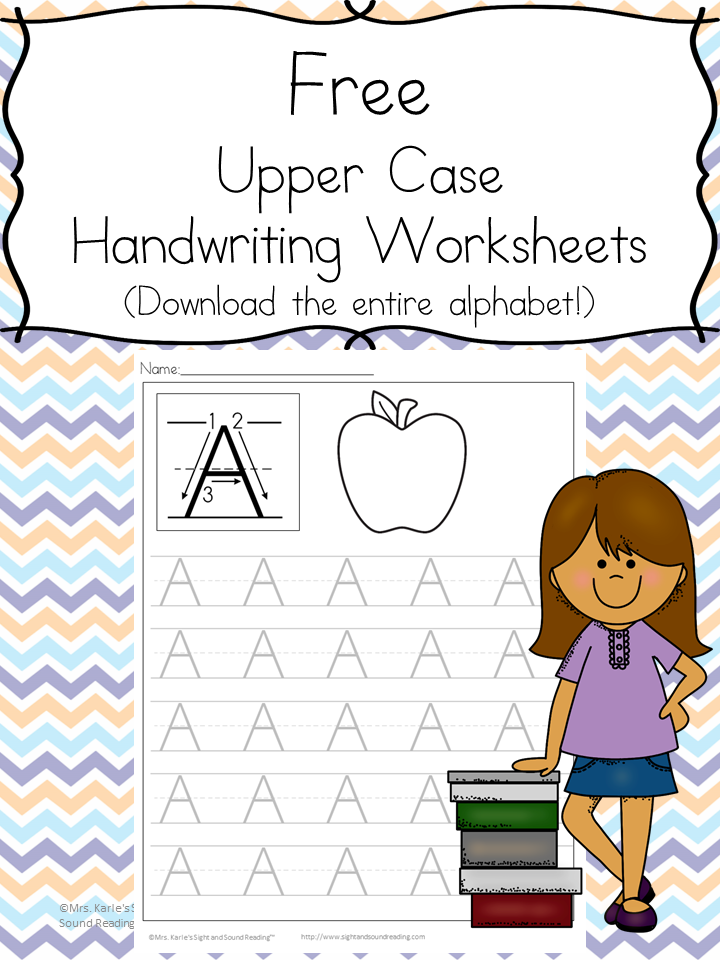
Project 14. Friendship Books –
This one gets my heart every time. I’ve taught in a few districts and at two of them, at some point, a community-building activity took place where staff gave compliments to other staff on a piece of circulating paper with their name. There’s some pre-teaching that needs to be done here, about complimenting people for their inside characteristics, not their looks, their clothes, etc…but once you’ve had some practice with that, oh… these are golden.
I recommend starting with a cardstock sheet that has the student’s picture on it and leaving scrap paper out by that. That way, you minimize the risk of ruining the entire sheet if one kid makes a big mistake or decides to write REALLY BIG (we all know that kid!). Later on, scan the scraps in and arrange them on one sheet to glue onto the cardstock (or print it all as one). Community building and seeing the good in others at its best!
15. Writing On/In Unique Materials –
Not looking for a big project, but want kids to have some fun with a quick, engaging activity practicing a phonics skill or sight words? Shaving cream, colored sand, oobleck, colorful glittery hair gel in a bag, scratch paper, glitter pens, sparkly markers, hidden message (white crayon and marker over the top later on), rainbow writing (using all the colors of the rainbow), play-doh, stamping, or chalk on the sidewalk/playground are all great ways to accomplish this! Sensory writing hits the mark with memory.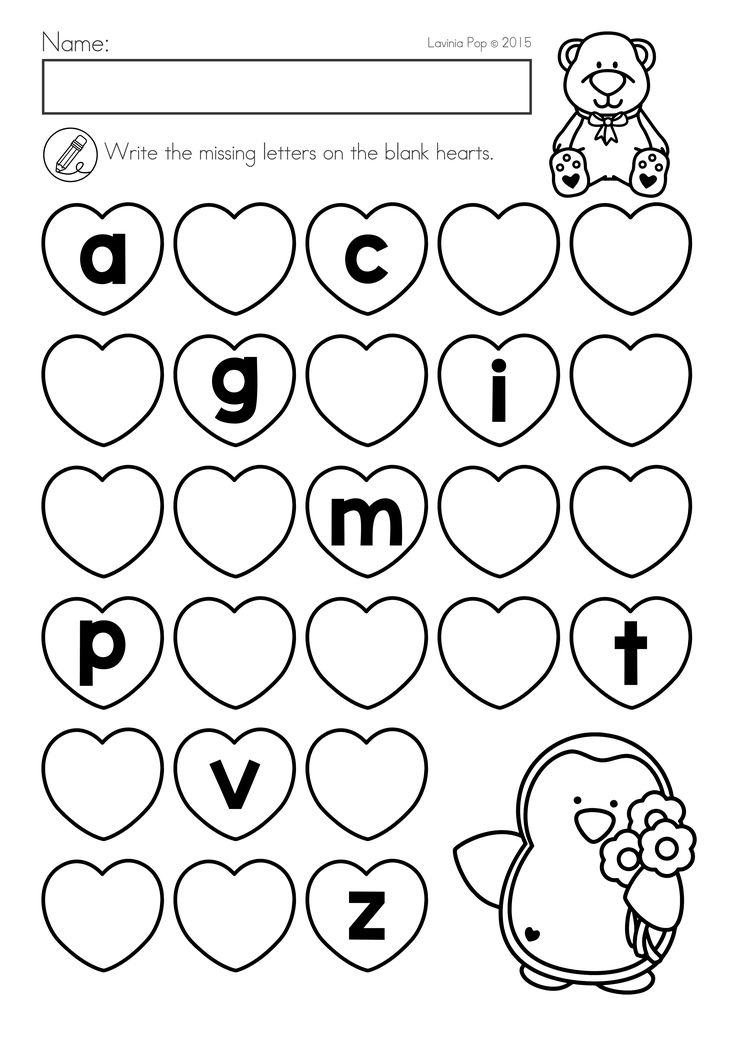 Have an easel in your classroom? Cabinets? Tables? Tape some paper up (or under in the case of the table) and have the kids do writing on these surfaces to encourage fine motor/hand muscle development (c’mon, we all know they need more of that these days)!
Have an easel in your classroom? Cabinets? Tables? Tape some paper up (or under in the case of the table) and have the kids do writing on these surfaces to encourage fine motor/hand muscle development (c’mon, we all know they need more of that these days)!
16. Word Scavenger Hunt 🔎
An easy center activity that kids love – like writing the room, but with zero prep on your part! Kids search the classroom, hallways, library, etc. (with an aide if you’re lucky enough to have one) for words and write them on clip boarded recording sheets. Get those kids moving! And who knew clipboards could make things so much more fun?!
Project 17. Little Books –
These are super simple preparation and can be used for a writer’s workshop or during centers. Just fold and staple some copy paper with lines for a title, author, and text on each page. Feel your kids out for how many pages they’re ready for at that point (start small) and model so they know what to do with them – then set them loose! These are great to share with the class when they’re done and really solidify the feeling of being an author.
18. Change the World Thought Bubbles –
One of my favorite projects I have done with students is during January. We spend most of our school year with an underlying theme of how we can make the world a better place, so this isn’t anything new, but I link it to MLK, Jr. By January, the kids have been exposed to a number of ways they can make a difference in the world and usually have no problem coming up with ways they want to make the world better for everyone, but I still recommend brainstorming some ideas during interactive writing first.
Then, I photograph the kids in front of a simple background with their best ‘thinking’ pose and print them in black and white. I trim them, but the kids glue their photo and a thought bubble with how they want to change the world onto a large sheet of black construction paper and finally sign it with their name and age in white colored pencil (I learned the hard way – crayon melts when laminating).
19. Shadow Tracing –
This is a fabulous integration of science and writing… Check out the shadow tracing activity from PBS Learning Media or use plastic animals for kids to trace.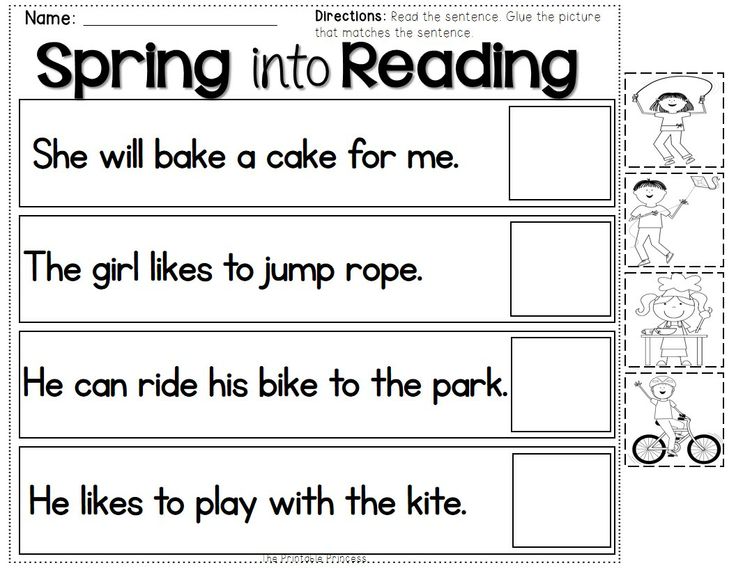 Take photographs of each stage and help kids assemble them into booklets (hello, sequencing!). Students can write about what happened each time they traced the shadow and why they think their investigation had these results.
Take photographs of each stage and help kids assemble them into booklets (hello, sequencing!). Students can write about what happened each time they traced the shadow and why they think their investigation had these results.
Project 20. Mystery Object Observations –
This is a great way to get students to practice using sensory words in their writing. Create a simple shoe-box with a hole in the side or a paper bag that has a mystery object inside. This could easily be a weekly center activity with some pre-teaching and modeling/practice during interactive writing (make sure you impress upon the kids that it isn’t about getting the ‘right’ answer to discourage peeking). Having a three-ring binder clip with sensory words on it as a reference can be a helpful addition.
21. Silly Sentences –
This engaging activity can be done with pictures or with sentence pieces. I used this as a center activity with pictures. I gathered a collection of strange photos (think gummy bears coming out of the bathroom faucet or a dog holding an ice cream cone), laminated them, and put one out a week.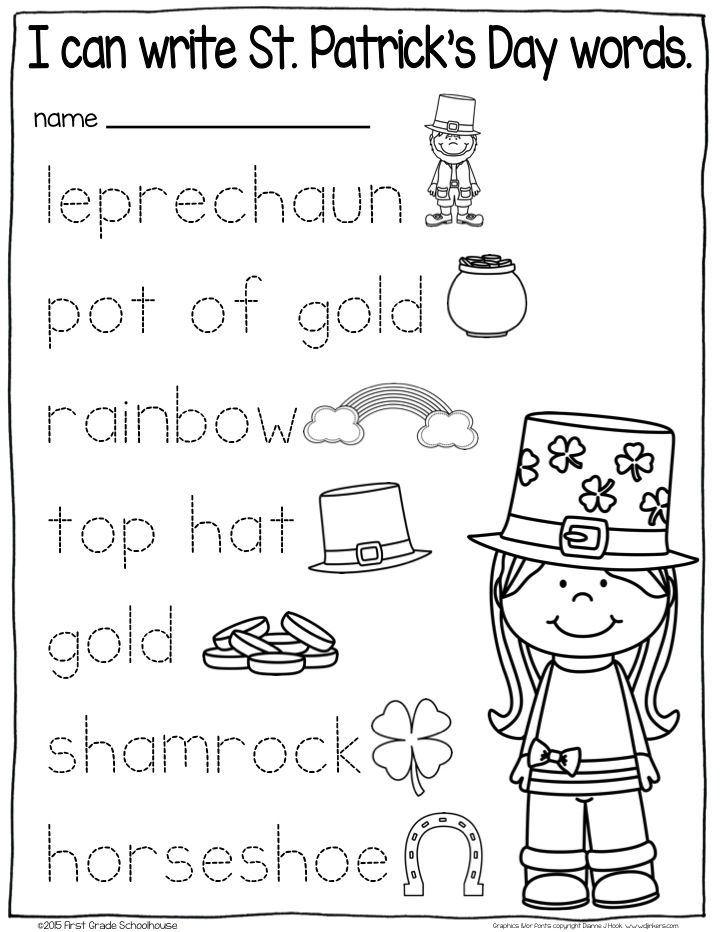 The students then had to come up with one asking and one telling sentence each week. Once the sentence was good to go in pencil, they could choose a glittery pen to trace over it.
The students then had to come up with one asking and one telling sentence each week. Once the sentence was good to go in pencil, they could choose a glittery pen to trace over it.
These photos could also be a story starter activity. Alternatively, I’ve done something similar with sentence pieces that the kids put together in a silly way (Think, “The dog read the weather report to the flock of seagulls.” “The teacher sang a book report for the backyard.”). Each part of the sentence is on a different color background, and the kids know they have to put them in rainbow order, not skipping any colors. Then, they write them down on their recording sheet and illustrate. These crack me up when I’m checking them and the sound of little giggles can be heard daily as they’re working…and is there anything better than little giggles?
22. Weather Report –
As a part of your morning meeting or classroom jobs, you could have a weather reporter. During soft landing time (as the kids trickle in and take care of lunch count, etc.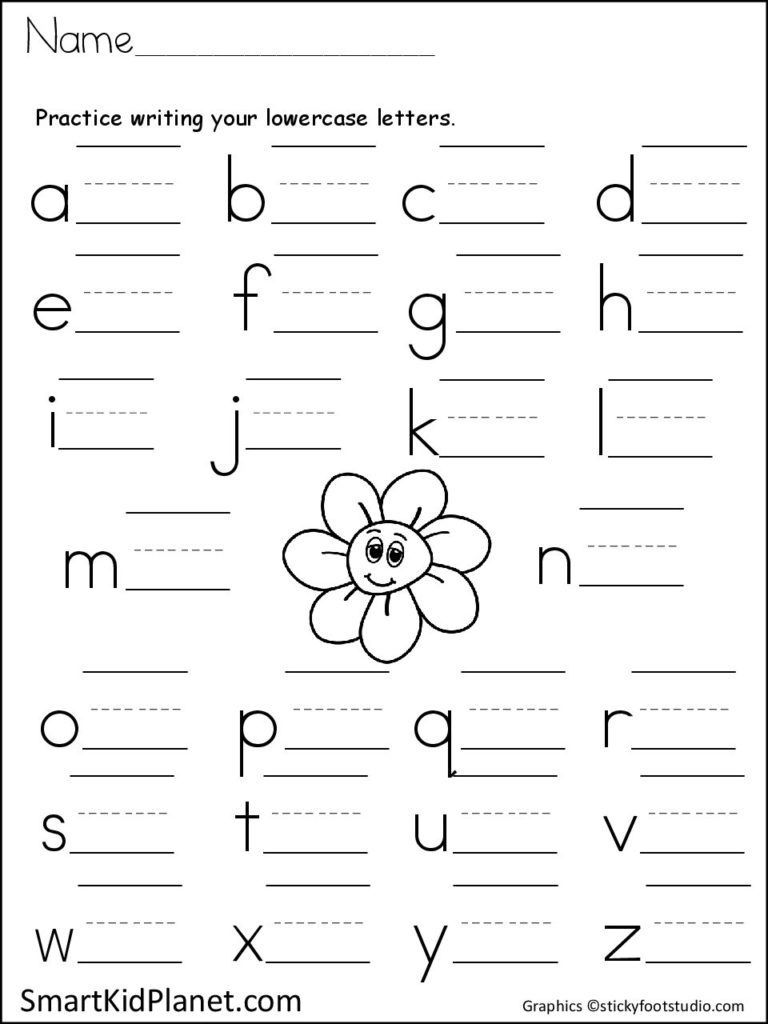 in the morning), I would have the assigned student write a weather report for the day that they shared during the morning meeting. This can be done at a variety of levels, from circling images to writing the entire piece – depending on your students and the time of the year. Even better if you have an old blazer and fake glasses for the kids to wear while giving the weather report!
in the morning), I would have the assigned student write a weather report for the day that they shared during the morning meeting. This can be done at a variety of levels, from circling images to writing the entire piece – depending on your students and the time of the year. Even better if you have an old blazer and fake glasses for the kids to wear while giving the weather report!
Project 23. Classroom News –
An extension of the weather report can be a weekly classroom news reporter that gives their report on Friday during the morning meeting. Give them some support recording events of the week with a graphic organizer. – A sentence a day with the highlight to share is a great goal. To make it even more fun, give them some props like a desk to sit behind and a microphone. – Record it to share with families if you’re able! As with any ‘presentation’ activity, I always give my students the option to pass as some students just aren’t comfortable speaking in front of the class.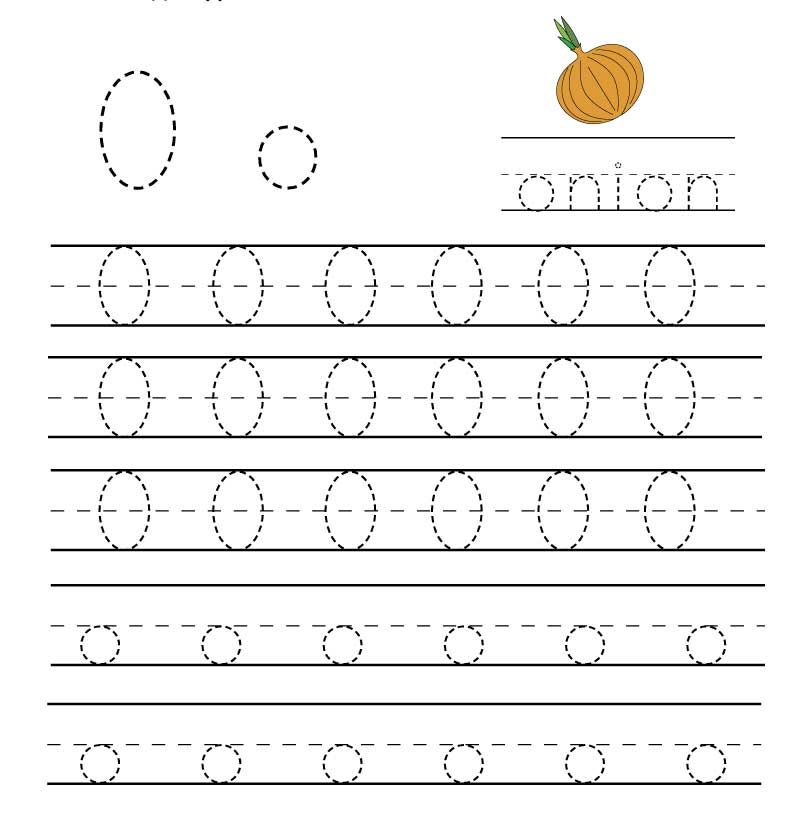 Through community building, we are usually able to get everyone participating in the middle of the year, but it is always an option, never required.
Through community building, we are usually able to get everyone participating in the middle of the year, but it is always an option, never required.
24. Character Education Cards –
Interactive writing is such a great platform for kindergarteners to learn about writing. Why not use it to incorporate some of those things kids need to know that we never seem to have time in the day for anymore? Create a classroom set of character education cards, listing the trait, like sharing, with a definition and an example. Then, challenge the students to practice it for a given amount of time. Point it out whenever you or others observe it to encourage internalization of that trait.
25. Invent an Insect –
Do you teach insects in science? Did someone bring in a chrysalis or caterpillar they found? This is perfect! Give kids a jar template and have them draw a stick/leaves in the jar. Then using fingertip prints (with ink pads or a marker) have them create different insects and label them.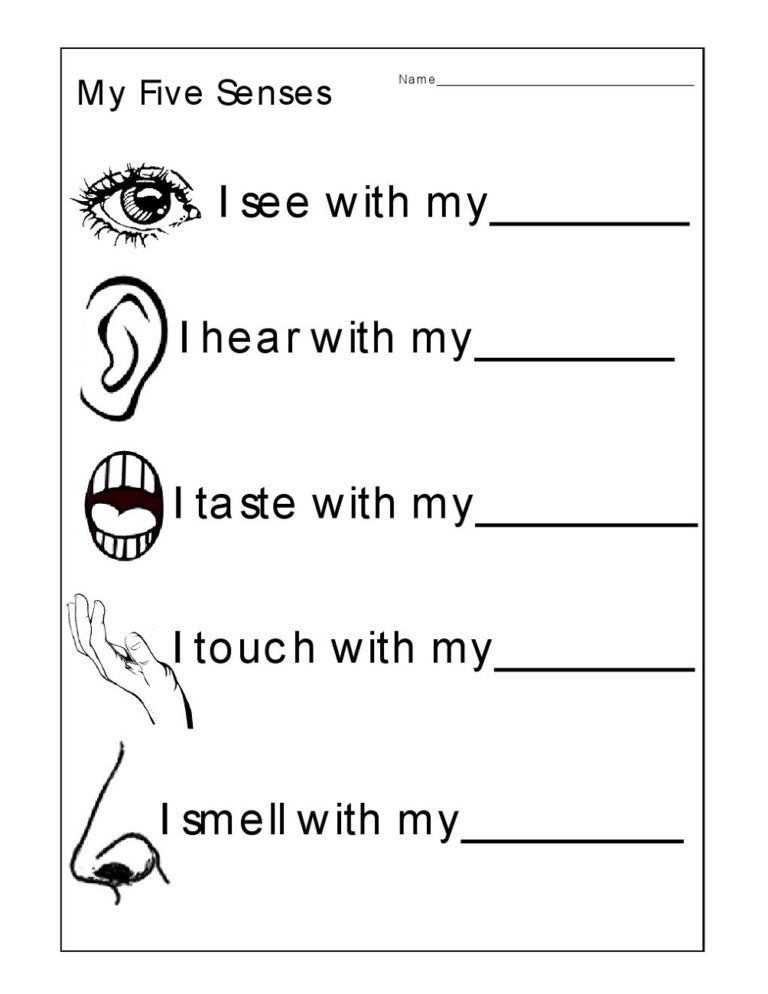 After labeling, they can write a sentence or two about their insects underneath the jar.
After labeling, they can write a sentence or two about their insects underneath the jar.
Project 26. The Eyes Are Watching –
Let kids express their creativity with this fun activity using simply a set of googly eyes! Give kids a set of googly eyes, (There are so many varieties to pick from!) and have them glue them on their paper. Starting with those eyes as the base, they draw a character (animal, human, or other) around them and write about their character. You can encourage them to base their character on different learning themes or units of study or let it be completely open-ended. This can be extended for a number of days by adding new characters to the story each day with a new set of eyes.
27. Bandaid Story –
Another low material project where kids get to write about themselves and their lives. It’s a big hit, especially as an option during centers. The students draw themselves, sticking a real band-aid on their picture in a place they got hurt at some point in their life.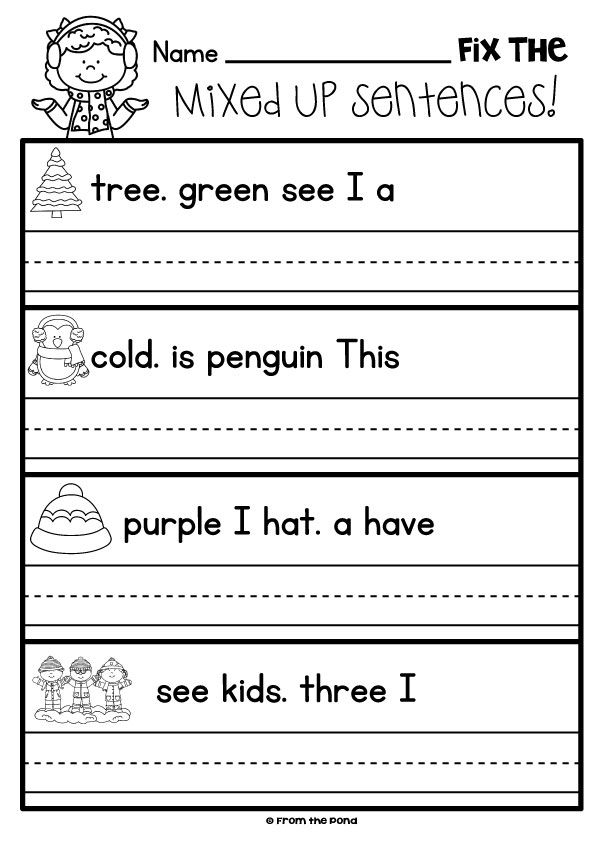 Then, they tell the story of how they were hurt.
Then, they tell the story of how they were hurt.
No matter what you do, we know that kids thrive when you make writing purposeful. (Why write if it is just to make your teacher happy?) Focus on what they can do and celebrate the small victories. (And make sure families understand that developmental writing is exactly what the kids should be doing right now!). Celebrate, celebrate, and celebrate some more! – By building in a sharing routine for their work, their confidence will only increase. They’ll want to write more and when they write more, they get better and enjoy it more.
If you have any Fun Writing Projects for Kindergarten that you enjoy doing in your classroom, please share them in the comments below. 👇🏼
Written by: Kristin Halverson
At Education to the Core, we exist to help our teachers build a stronger classroom as they connect with our community to find trusted, state-of-the-art resources designed by teachers for teachers. We aspire to be the world’s leading & most trusted community for educational resources for teachers.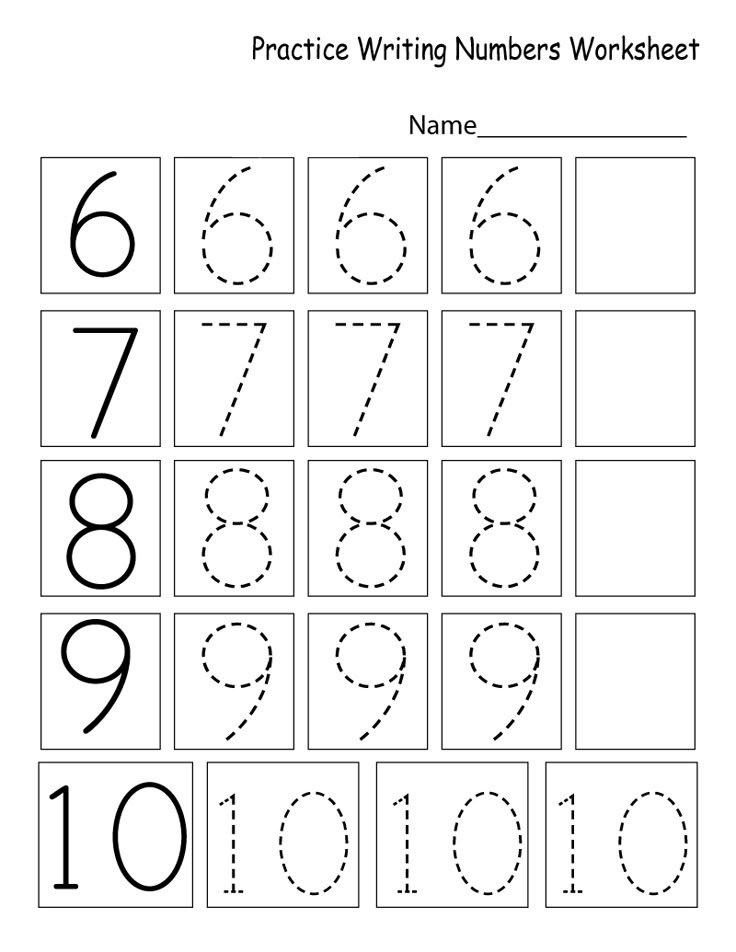 We improve the lives of every teacher and learner with the most comprehensive, reliable, and inclusive educational resources.
We improve the lives of every teacher and learner with the most comprehensive, reliable, and inclusive educational resources.
If you enjoyed what we have to offer at ETTC, be sure to join our email list, so you won’t miss a beat.
Comments
comments
Writing Activities for Your Kindergartener
Kindergartners are often enthusiastic writers and they will weave writing activities into their play. Provide budding writers with experiences that give them something to write about. Invented spelling is normal at this age, as children are translating the sounds of spoken words into writing.
Children at this age can read their own writing and should be encouraged to read aloud!
Young children often mirror what they see around them: adults and older children writing lists, letters, text messaging. So make sure your child sees you writing! And talk about why you are writing about your writing so your child begins to understand why writing is important and the many ways it can be used.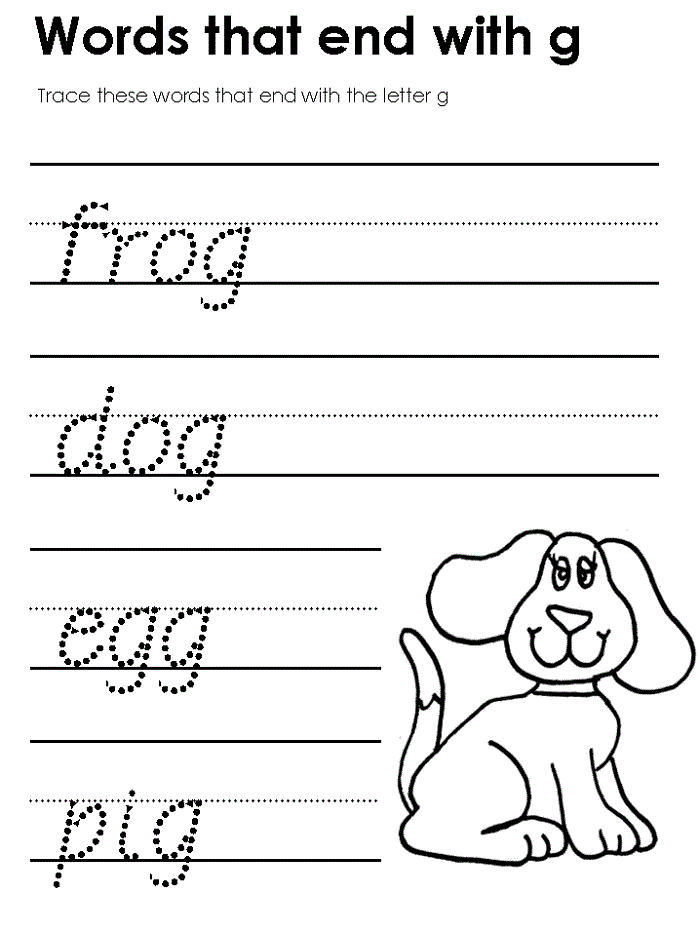
Don't correct spelling and handwriting at this stage. Child specialists say “invented spelling” is just fine. Your role is to make writing fun and purposeful.
Invented spelling: your child’s first writing
This video is from Home Reading Helper, a resource for parents to elevate children’s reading at home provided by Read Charlotte. Find more video, parent activities, printables, and other resources at Home Reading Helper.
What does kindergarten writing look like?
Try these writing ideas at home
Label it
Young children love to name things! Ask your child to write out labels for the rooms and objects in your house.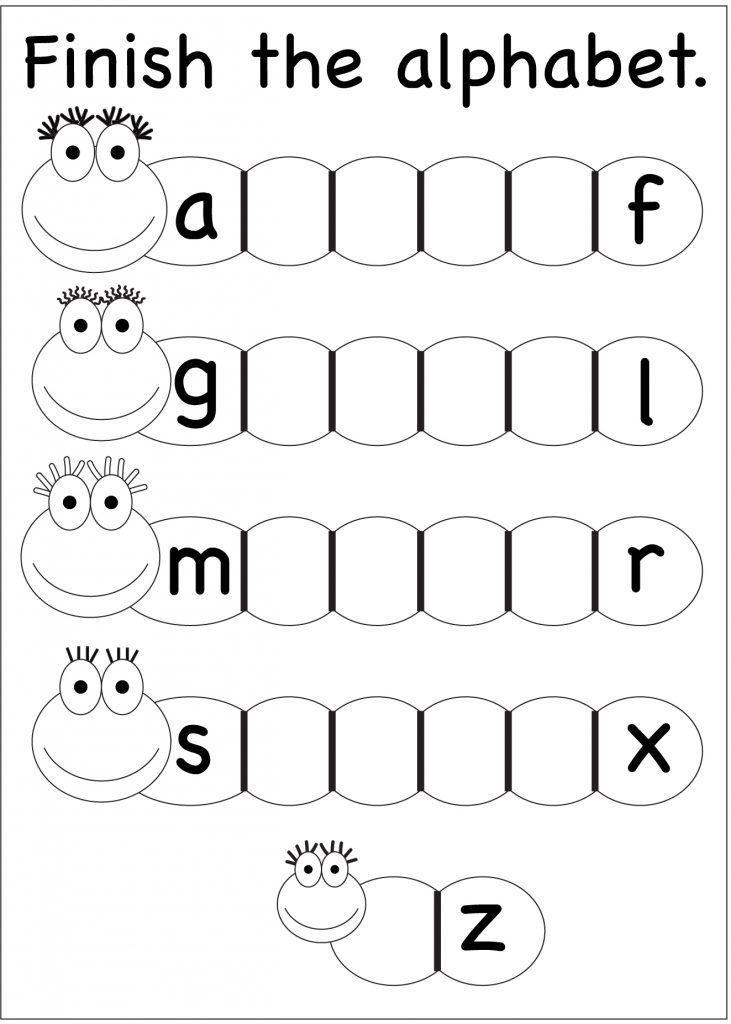 Don't worry about invented spellings! Help your child safely tape them up for temporary display. See a real-life example in this blog post, Using but confusing, with laundry.
Don't worry about invented spellings! Help your child safely tape them up for temporary display. See a real-life example in this blog post, Using but confusing, with laundry.
List maker
Ask your child to help you make a grocery list or a "to-do" list for weekend chores. Your child can dictate the list as you write, to model the process. Then switch roles, and ask your child to write the list as you dictate.
Family letters
Help your child write letters to relatives and friends. These may include thank you notes or just a special note to say hello. Be sure to send your child a letter or card once in awhile too so that she is reminded of how special it is to get a letter in the mail. And consider finding a pen pal for your child.
Family stories
Ask your child to draw a picture of a family activity and then write a sentence about it below the picture. Encourage your child to say the sentence and write letters to match the sounds in each word. Then have your child read what she wrote. Display the story on the refrigerator or a bulletin board — and celebrate the work!
Display the story on the refrigerator or a bulletin board — and celebrate the work!
First stories
Ask your child to tell you simple stories as you write them down. Copy the story as your child tells it, without making changes. Ask her to clarify anything you don't understand. Soon, your child will be writing her own stories. Here's a wonderful example of a story by a 5-year-old in the blog post, I like Writer's Workshop.
Author's chair
Identify a special "author's chair" in your home. That's where your child can sit and share out loud something she has written. Be an enthusiastic listener! This shows your child that others want to hear about her thoughts and ideas.
Reader's theater
Encourage your child to read her stories out loud. Listen carefully with patience, and give positive feedback about her ideas and her writing!
Bookmaker
Turn your child's writing into books! Paste her drawings and writings on pieces of construction paper. For each book, make a cover out of heavier paper or cardboard, and add special art, a title, and her name as author. Punch holes in the pages and cover, and bind the book together with yarn or ribbon.
For each book, make a cover out of heavier paper or cardboard, and add special art, a title, and her name as author. Punch holes in the pages and cover, and bind the book together with yarn or ribbon.
Field notes
Encourage your child to take notes on trips or outings, and to describe what she saw, using all of her senses. This could include a description of a walk outside, a ride in a car or a bus, or other events that lend themselves to note taking.
Message board
Hang a family message board in the kitchen and leave notes there for your child. Encourage your child to write a message back and post it to the board.
Reading supports writing
Read books together! Early and frequent exposure to letters, sounds, words, and stories helps kids learn to read and write.
Talk about vivid words
As you read to your children, point out things the book author did to make the book so fun to read. "Wow! Listen to how the author describes the ocean.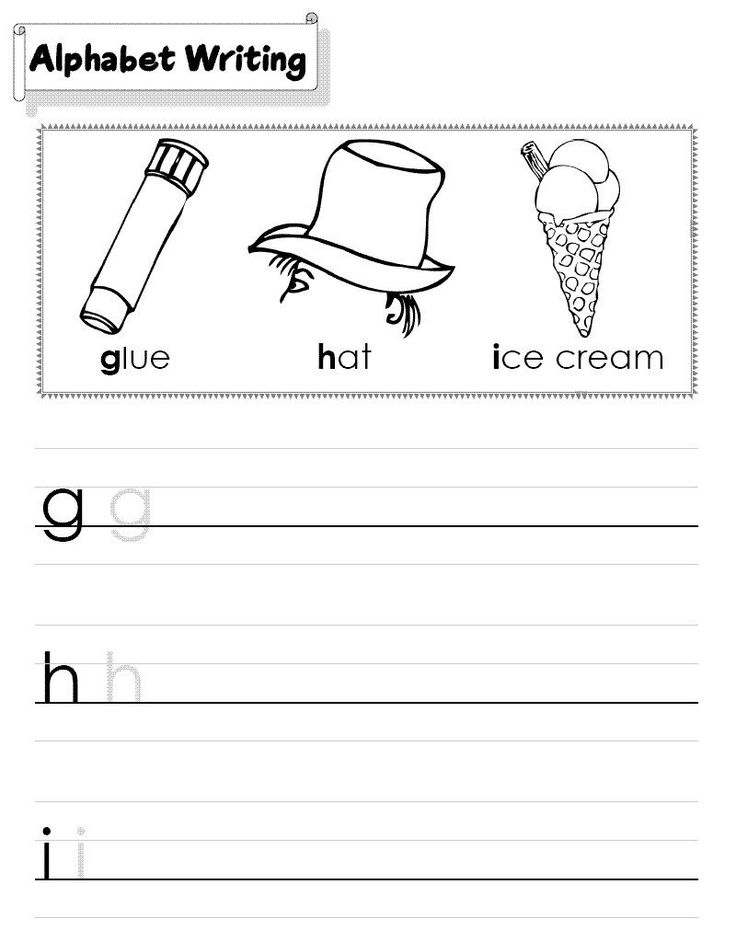 Don't those words make you feel like you're back jumping over waves?"
Don't those words make you feel like you're back jumping over waves?"
Get your kindergartner writing!
This video is from Home Reading Helper, a resource for parents to elevate children’s reading at home provided by Read Charlotte. Find more video, parent activities, printables, and other resources at Home Reading Helper.
More writing resources
Doshkolnik.ruTeachersHolidaysNeedleworkDoshkolnik.ru Doshkolnik. ServicesPosting articles
|
| Magazine"Preschooler. RF" | |||||||||||
Essay "Kindergarten where I want to work" | Material:
Essay "Kindergarten where I want to work"
Every child is an artist.
The difficulty is to remain an artist,
beyond childhood.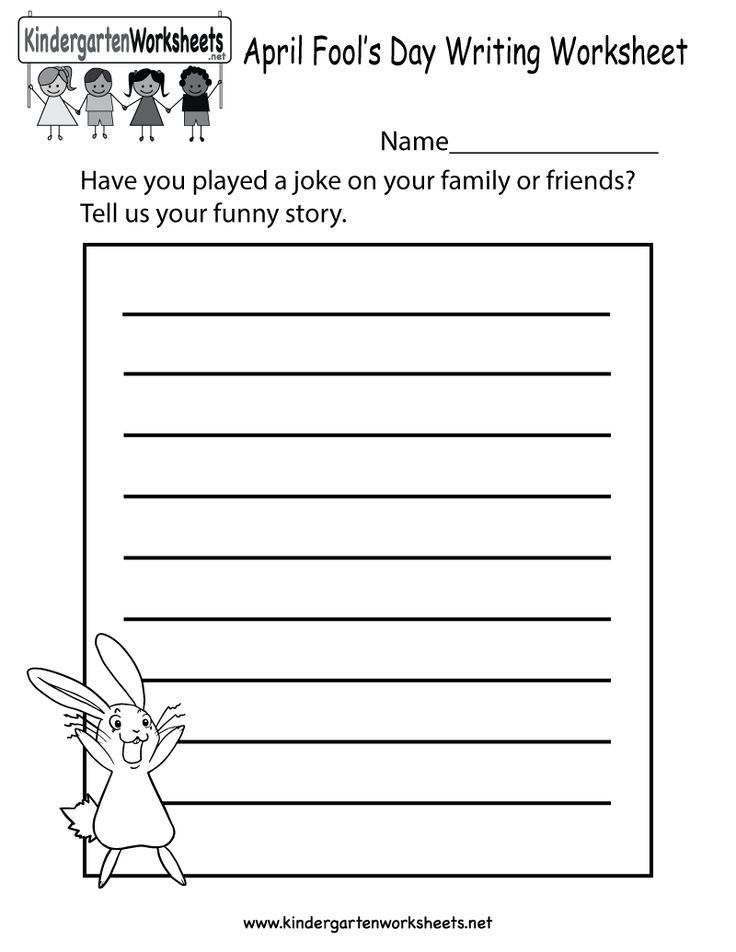
Pablo Picasso
Childhood is an important period in a person's life. Each of us has repeatedly recalled his carefree childhood. The future of the child depends on how childhood passed, who was around. Therefore, it is necessary that in the memory of a person childhood remains bright and interesting.
Unfortunately, many people, having heard the phrase "Kindergarten", imagine the following picture: "this is a place where children are left just to be supervised while their parents are at work." At the hearing of people, only the first teacher, the class teacher, etc. are heard. The role of the educator remains somewhere behind. But it is in kindergarten that the social adaptation of the child begins, which is a big problem in the age of the Internet and smartphones.
For me, the kindergarten where I want to work is a magical land of childhood. Where children get to know the world, going on trips on ships or on an airplane carpet, learn numbers, celebrating the birthdays of fairy-tale characters, looking for treasure with a pirate, etc.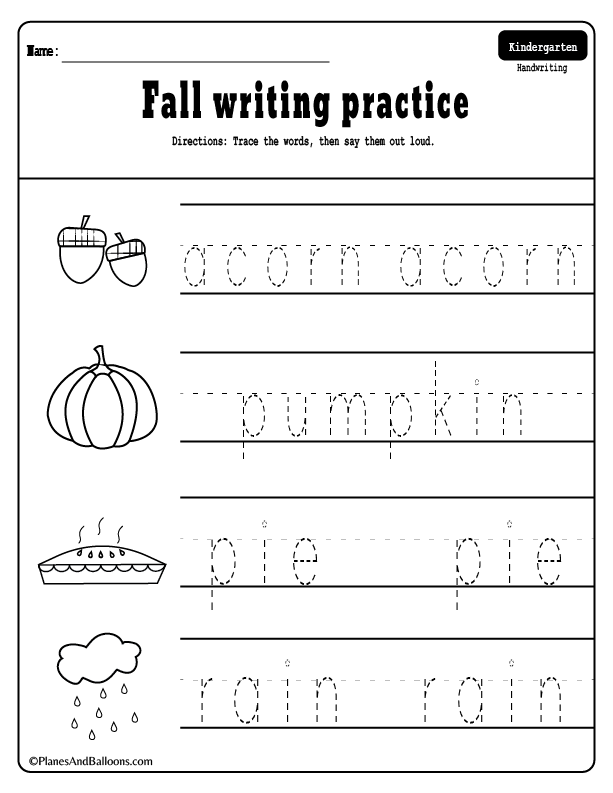 The child does not even notice how easy and not intrusive he learns something new.
The child does not even notice how easy and not intrusive he learns something new.
'Magic Land' should have a bright and comfortable, comfortable psychological environment, interesting books, modern equipment. Due to environmental problems, I would like the kindergarten to be located in a park area, so that children can breathe fresh and clean air.
The main element of the structure of the kindergarten is its staff. Always tired, not tidy, the educator already repels both children and parents with his appearance. A person who works with children must love children, and I want to say even more - he must be a child at heart. And how else to understand the child, what are his interests, needs. The educator is a model person who, by his example, shows how a person should be, but at the same time forms an individuality in children.
A modern kindergarten must create conditions for the identification and development of giftedness in children at the initial stages of development.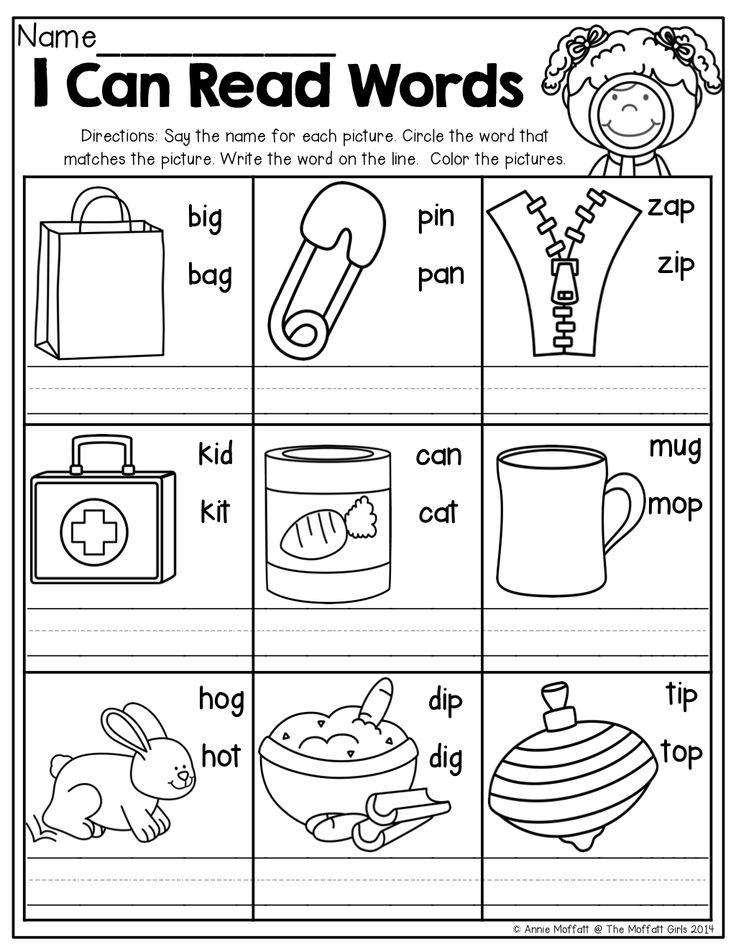 Teachers working in kindergarten should be modern, using innovative technologies and methods of work in their work. Everything we do in kindergarten, we do for children.
Teachers working in kindergarten should be modern, using innovative technologies and methods of work in their work. Everything we do in kindergarten, we do for children.
In order for parents to form a competent pedagogical position in relation to their own child and to raise the status of a kindergarten in front of parents, it is necessary to involve them in the educational process.
I can proudly call our kindergarten the kindergarten of my dreams. For several years now, I have felt that I am part of a large team focused on the development of children. And how nice it is when, before going to bed, the children call you to the crib and, hugging with small arms, tell their “secrets”, or after a long separation they come running and hugging, shouting that they are bored.
In conclusion, I would like to say that the kindergarten in which I want to work should be a country of happy children. Where children run with joy into the group, and with the desire to return tomorrow, they go home.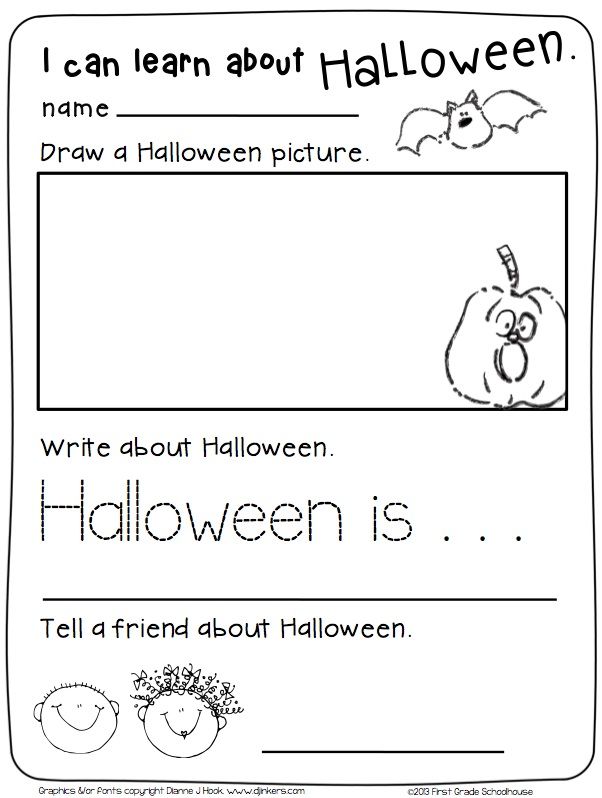

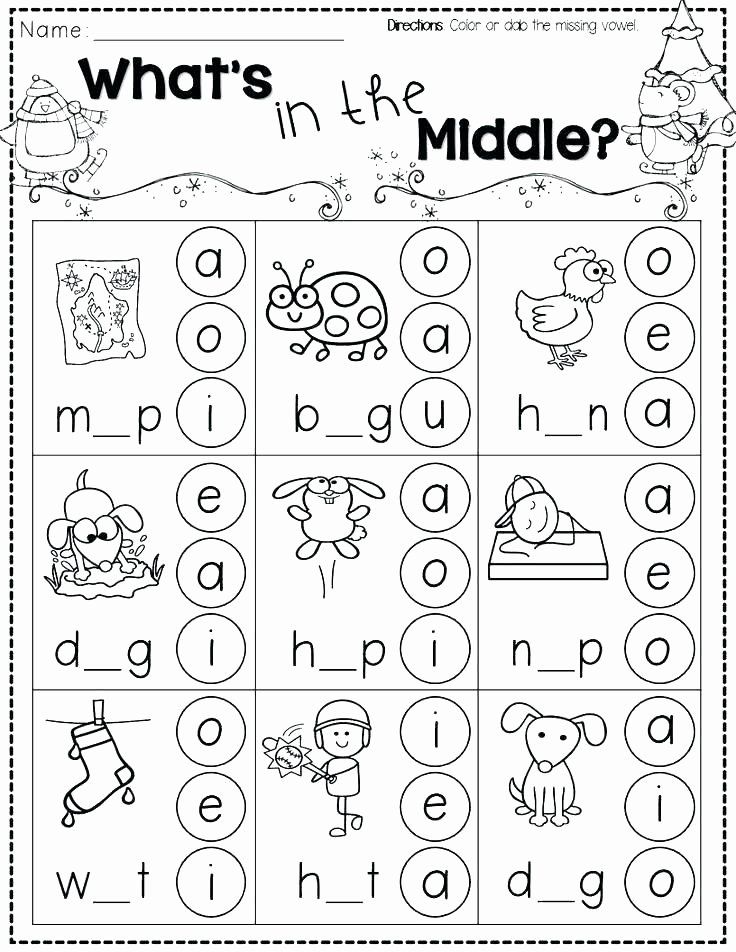 ru - site of an educator, speech therapist, defectologist, music director, methodologist, physical education instructor, parent. We offer teachers assistance in certification.
ru - site of an educator, speech therapist, defectologist, music director, methodologist, physical education instructor, parent. We offer teachers assistance in certification.  It would seem that there is something special here, and especially the fact that in this microdistrict there is a kindergarten, which looks ordinary, but in fact it is "SPECIAL" .
It would seem that there is something special here, and especially the fact that in this microdistrict there is a kindergarten, which looks ordinary, but in fact it is "SPECIAL" . 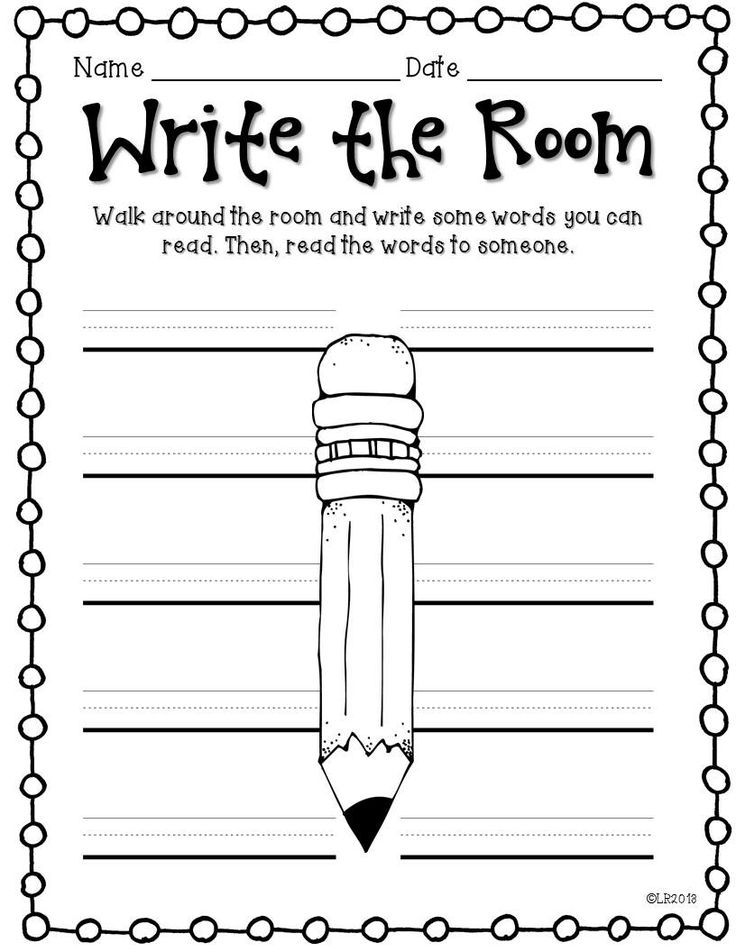
 Unloved, semolina is quickly eaten in a race to grow big and strong.
Unloved, semolina is quickly eaten in a race to grow big and strong. 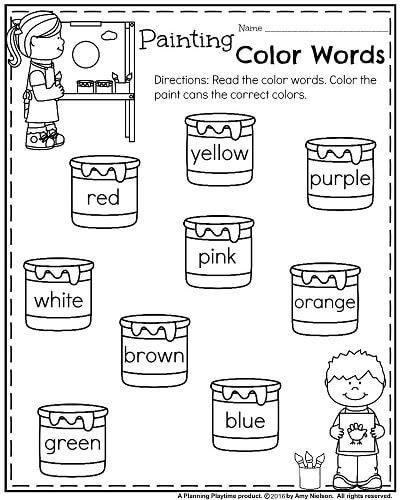 And tomorrow they will come to kindergarten again to continue discovering a world full of mysteries and secrets.
And tomorrow they will come to kindergarten again to continue discovering a world full of mysteries and secrets.  By organizing the activities of children, educators develop in each child the desire to show initiative, independence, to find a reasonable and worthy way out of various life situations.
By organizing the activities of children, educators develop in each child the desire to show initiative, independence, to find a reasonable and worthy way out of various life situations. 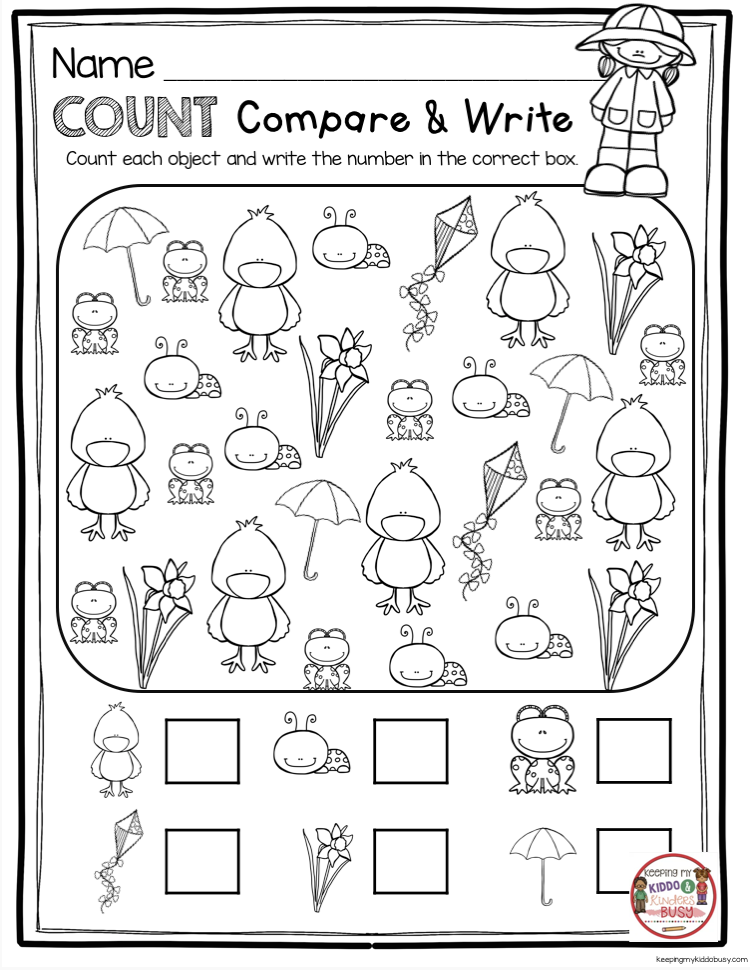 Thanks to love and children's laughter, the kindergarten lives and flourishes with each new academic year. The heart of the kindergarten is a music hall, children's laughter is an inexhaustible source of life for a preschool institution.
Thanks to love and children's laughter, the kindergarten lives and flourishes with each new academic year. The heart of the kindergarten is a music hall, children's laughter is an inexhaustible source of life for a preschool institution. 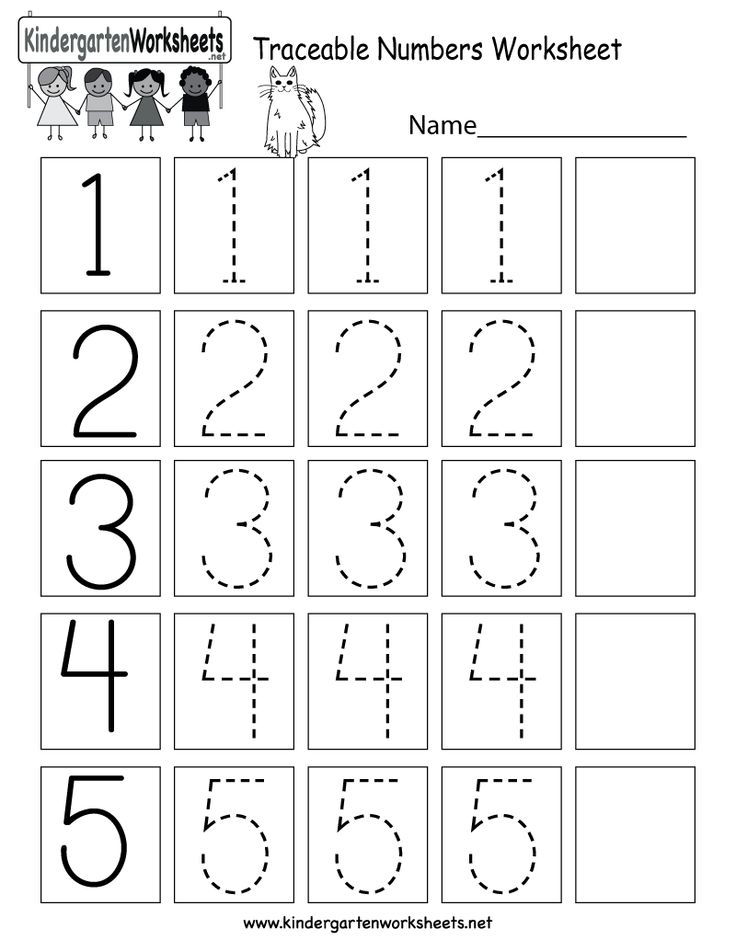 And the main thing is not to lose it along the roads of life, to be able to preserve the sensitivity of the heart and the breadth of the soul. They say that in order to raise a child to be good, one must make him happy. What is happiness for a child? This is when they understand him, consider him, his desires - this is happiness for him. The biggest desire for a child: to be always close to people close to him. I believe the educator is the link between parents and children. And it becomes good for the soul from the fact that you see the joy and smile on the faces of children and parents, you experience a feeling of warmth, realizing that you helped to achieve mutual understanding.
And the main thing is not to lose it along the roads of life, to be able to preserve the sensitivity of the heart and the breadth of the soul. They say that in order to raise a child to be good, one must make him happy. What is happiness for a child? This is when they understand him, consider him, his desires - this is happiness for him. The biggest desire for a child: to be always close to people close to him. I believe the educator is the link between parents and children. And it becomes good for the soul from the fact that you see the joy and smile on the faces of children and parents, you experience a feeling of warmth, realizing that you helped to achieve mutual understanding. 